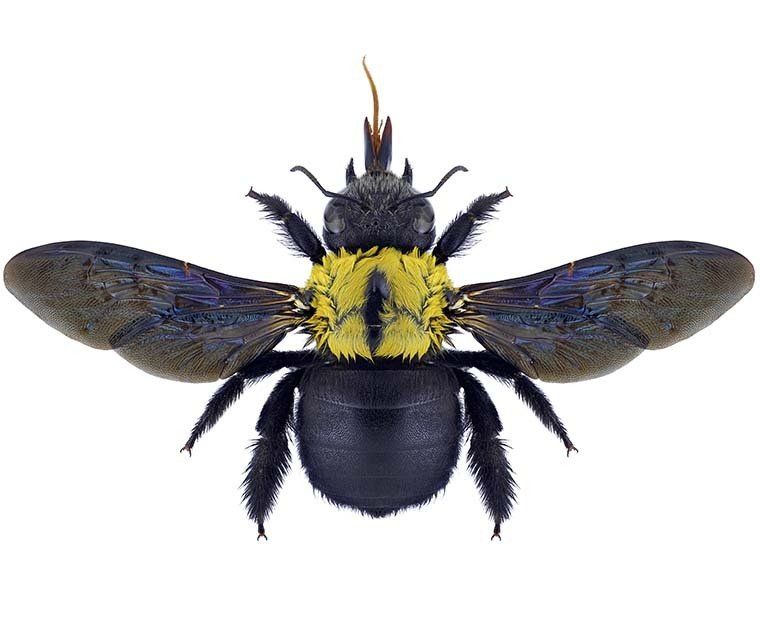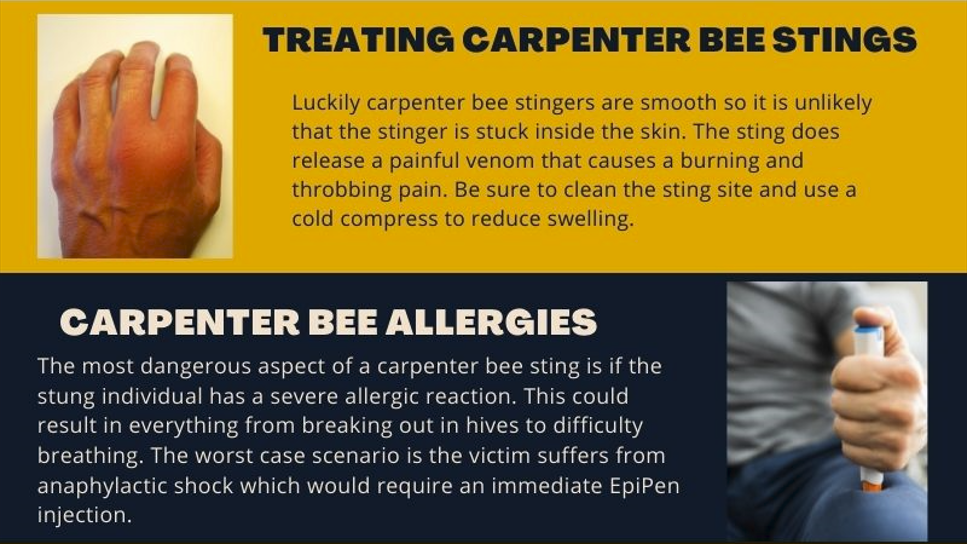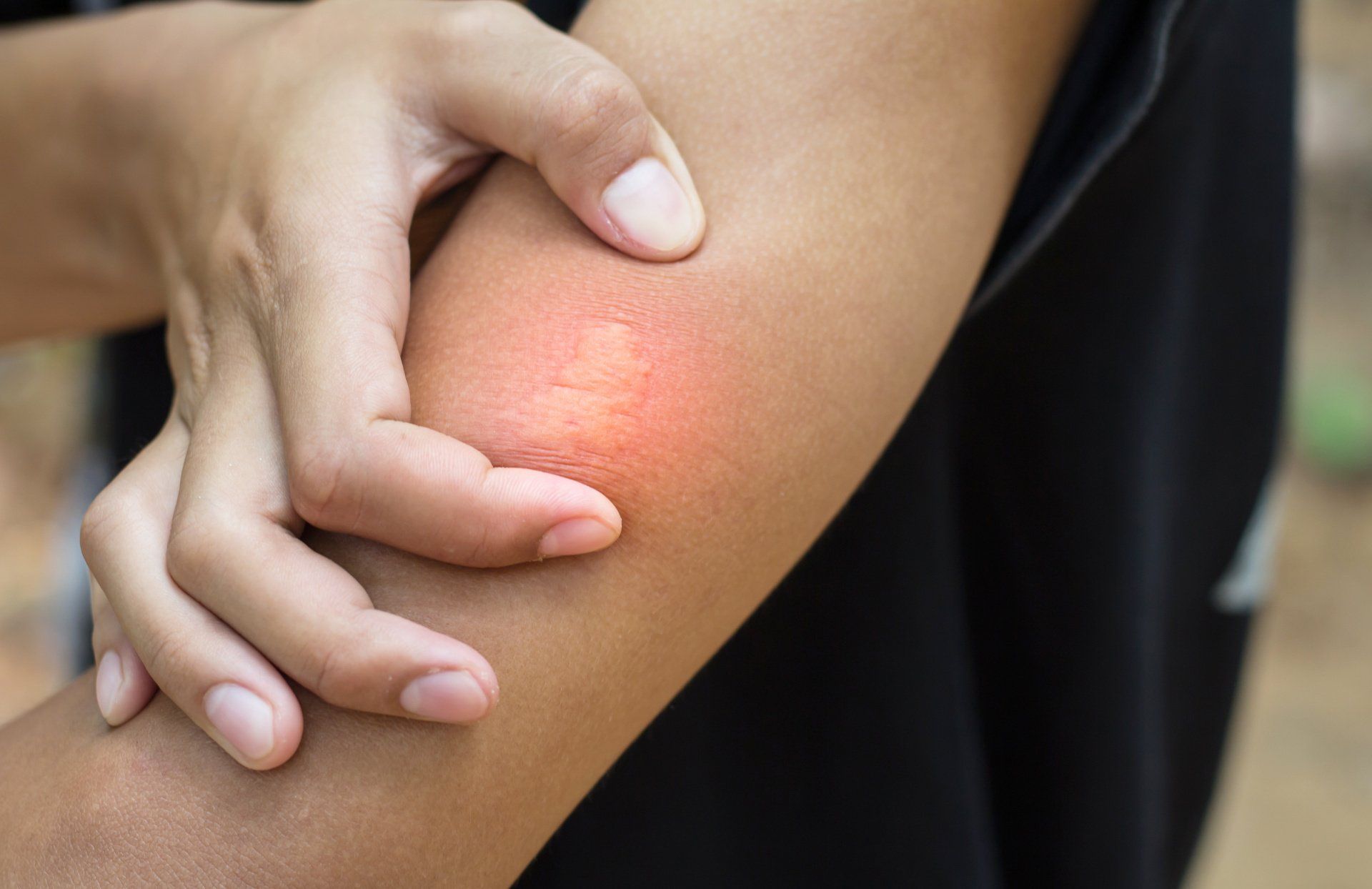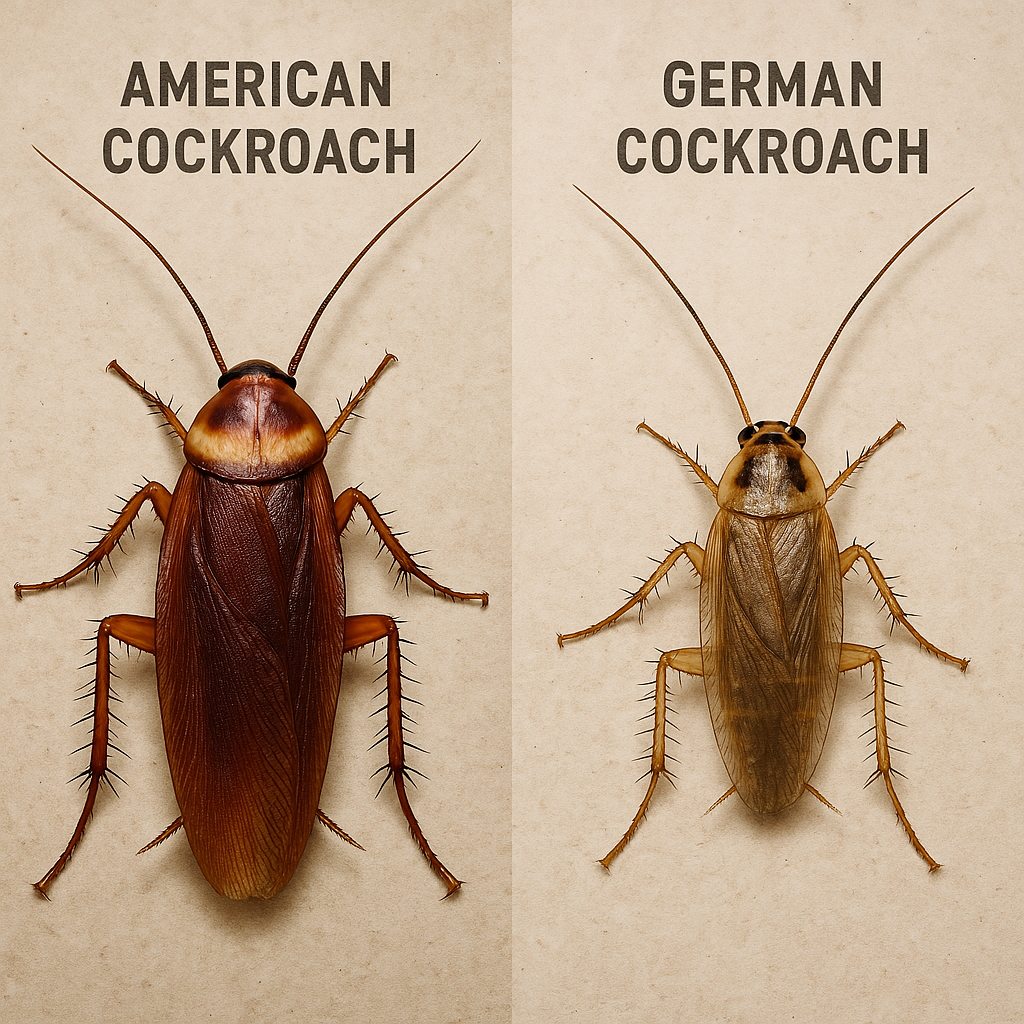Do Carpenter Bees Sting?
Can Carpenter Bees Sting?

Do Carpenter Bees Have Stingers?
Unlike female carpenter bees who possess a smooth stinger, male carpenter bees do not have a stinger at all. Instead, they will aggressively protect their nests from perceived threats by using threatening movements. Males will guard the entrance of their home by diving into anything they think is hostile. This method is used to deter threats like other insects and other bees that may be trying to take over their home.
Female Carpenter Bee Stings
Female carpenter bees on the other hand, do have a stinger. Female carpenter bees are generally not aggressive, but they will only sting if they feel threatened or provoked. Try your best to avoid touching or handling female carpenter bees to avoid getting stung. Also avoid poking around inside of what could be the opening of a carpenter bee nest.

Do Carpenter Bees Sting Humans?
Since male carpenter bees don’t have a stinger that they can use to protect themselves, they will try and defend the nest by acting aggressive towards threats. This can be intimidating because these bees are fairly large in size and their buzzing can be scary. Female carpenter bees do have smooth stingers that contain venom that can sting any perceived threat more than one time. However, unless you directly interact with a carpenter bee’s nest, the chances of a female carpenter bee stinging a human is low. You’re less likely to encounter a female carpenter bee because they spend their time foraging for pollen or protecting their eggs. If there are eggs within the carpenter bees’ nest, then the female is much more likely to be aggressive.
How Males Carpenter Bees Defend Themselves
Before females become aggressive, males will initiate an attack on an intruder if one is deemed a threat to the nest. The male becomes an arrow speeding towards the intruder before crashing into it repeatedly. They make a loud buzzing noise which makes their attack seem much more of a threat than it is.
If you want to avoid being attacked by a male carpenter bee it is best to remain calm and try to move away from the area slowly. It is also important to note that males are the first line of defense and that a female carpenter bee will become more agitated if the threat fails to retreat.
The Problem with Carpenter Bees
The problem with carpenter bees is that they bore into wood to create their nests. Carpenter bees don’t actually eat wood but they prefer to build nests in trees and exposed wood which can be anything from fences, porches, decks, siding, and eaves. They can cause immense structural damage if left unmanaged. They are solitary insects but if you see these bees around your home, make sure you look signs of wood damage. Check exposed and untreated wood for signs of entry points and indentations where the wood has been chewed on.
Can Carpenter Bees Sting You Repeatedly?
Honeybees typically die after stinging but female carpenter bees have a smooth stinger that allows them to sting multiple times without the act causing the female to die. This is a defense mechanism that has developed because carpenter bees are solitary insects that do not have the benefit of having a swarm of bees to help defend their nest. If a carpenter bee was to lose their stinger, then their eggs would perish, and their home would be invaded by other insects. Luckily for humans, carpenter bees are less hostile than wasps and will generally retreat after stinging once or twice.
Are Carpenter Bees Dangerous?
If you get stung by a carpenter bee, it is going to be painful. The carpenter bee sting releases a venom containing melittin like that of a bumble bee sting.
Melittin is a peptide that causes pain and burning. The venom triggers nerve sensors around the wound and tricks nerve cells into thinking they’re burning.
After a carpenter bee stings you, the area that was stung will become swollen and red. This type of sting is followed by a sharp pain and then followed by a dull throbbing pain that can last for hours.
Carpenter bees are solitary, so they don’t swarm and it’s uncommon for them to sting more than once. Reactions to the bee sting can be very painful but isn’t fatal unless you’re highly allergic to bee venom.

Carpenter Bee Sting Treatment
It is important to treat the area right away if a carpenter bee stings you. Fortunately, carpenter bees have smooth stingers, so there shouldn’t be a stinger left in the skin. Do not rub where you were stung because it will cause the venom in the skin to expand. If you are stung by a carpenter bee, clean the area with antibacterial soap and let it breathe. Apply a cool compress if swelling occurs and seek immediate medical attention for any severe allergic reactions.
Allergic Reaction to Carpenter Bee Sting
In some cases, people may have an allergic reaction to a carpenter bee sting. It is important to keep an eye out for signs of a serious reaction. Be sure to monitor symptoms because a spreading rash, difficulty breathing, swelling of the throat and tongue, and anaphylactic shock are all indicators that things are rapidly getting worse due to allergies. If a serious allergic reaction occurs, the following support is needed to help prevent a worst-case scenario.
- Oxygen to help you breathe
- Epinephrine to reduce your body’s allergic response
- Intravenous antihistamines to reduce inflammation in your airway passages
- An inhaler to relieve symptoms of difficult breathing

How to Prevent Being Stung
It Is always best to remain calm and not move your arms around if you’re around a group of carpenter bees. You should not raise your voice and slowly back away from the bees. They are generally harmless and will leave you alone once you pose little threat to the nest.
Signs of Carpenter Bees
The best way to avoid carpenter bees all together is to know the signs that indicate carpenter bee activity. The following are all tell tale signs that you may have carpenter bees around your property:
- Entry holes in exposed and untreated wood that measure ½ inch in diameter
- Piles of sawdust under or around the exposed hole leading into a carpenter bee nest
- Discoloration of the wood around an opening caused by carpenter bee excrement
- Wood that sounds hollow near a carpenter bee access point

How to Control Carpenter Bees
You should avoid killing carpenter bees because they’re vital to our eco system. Carpenter bees are great pollinators and are great for your garden. We recommend leaving these bees alone, however, there are some steps you can take to try and prevent these bees from entering your property
- Stain or paint your wood (carpenter bees prefer untreated wood)
- Plug any potential openings to seal the carpenter bees out
- Keep all doors shut during the spring (spring is carpenter bee nesting season)
- Cover all sugary drinks or any attractants
- Keep trash cans sealed
Tips to Deal with Carpenter Bees and Their Burrows:
- Set up a radio or speaker that emits bass and noise directly against where the carpenter bee colony is. The vibrations will disrupt their activity and scare the bees away.
- Call EcoGuard Pest Management to get a licensed and trained professional out to help remove the carpenter bees safely.
Contact EcoGuard If You Have Been Dealing with Carpenter Bees
Carpenter bees may be pollinators, but they are also a threat to your home and family if left untreated. Luckily, they are solitary insects so exterminating carpenter bees does minimal damage to the overall ecosystem. However, the damage that they can potentially cause far outweighs the role they play as pollinators. If you are dealing with carpenter bees and have not had any luck trying to deter them from your property, it may be time to enlist the help of qualified carpenter bee pest control experts. The team at EcoGuard can help get rid of your carpenter bee problem and also ensure that preventative measures are implemented so they don’t come back. Call today to schedule your free inspection.


















